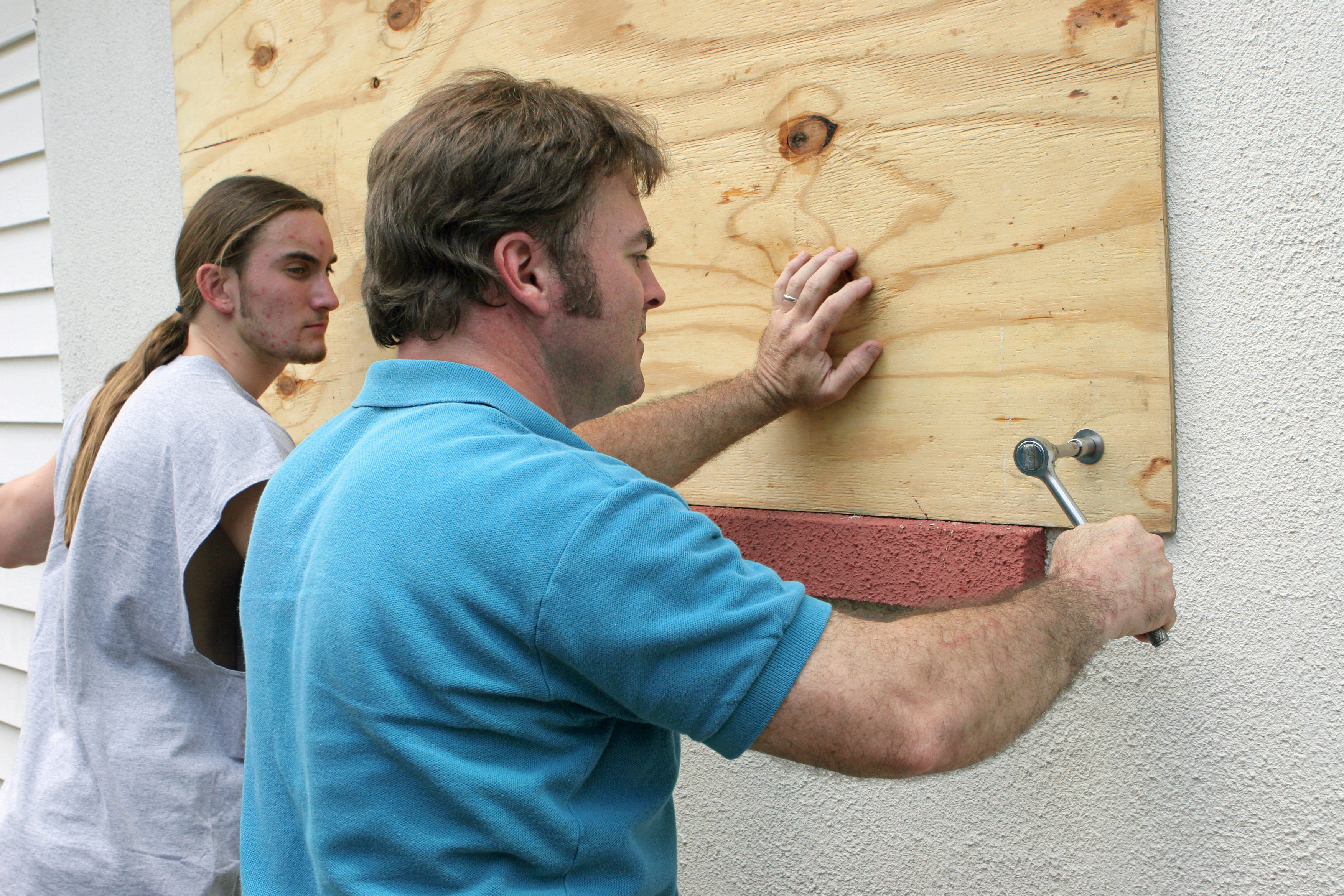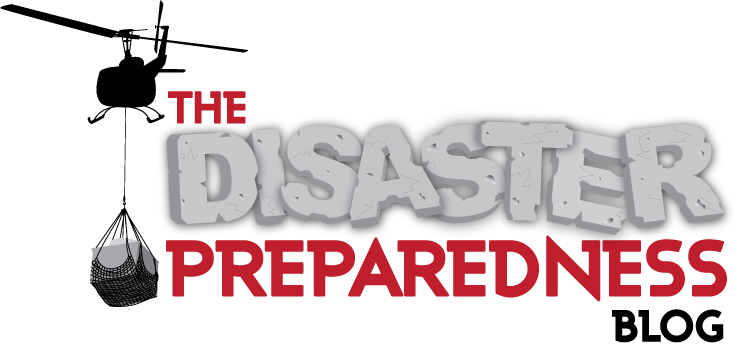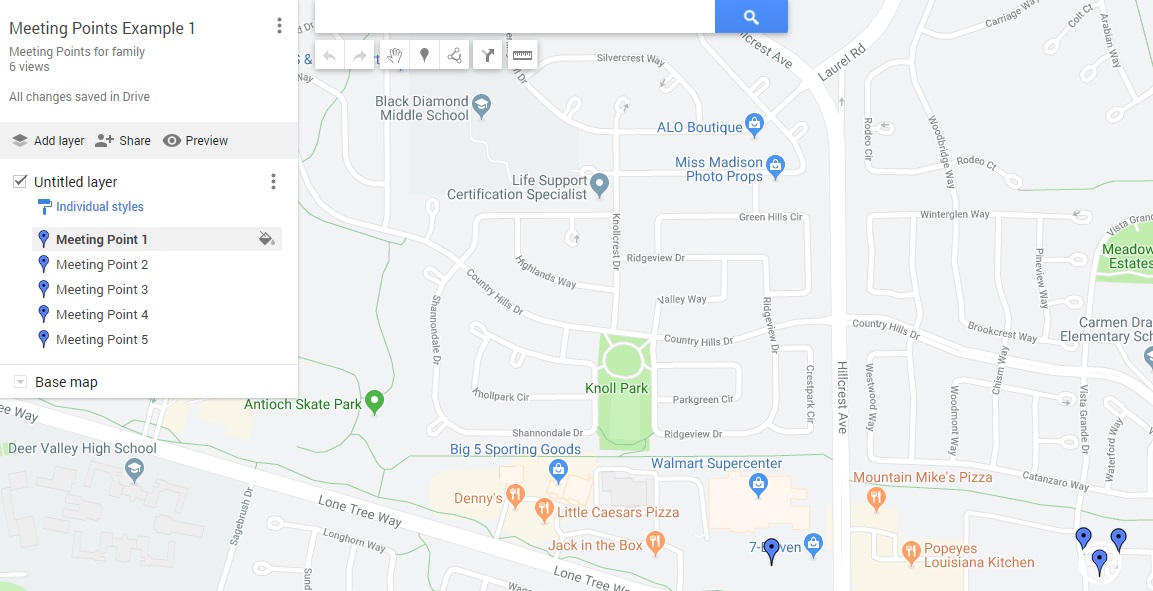Disaster Tip of The Week: Prepare to Adapt to Changes In Your Life
 Tuesday, May 26, 2020 at 7:27AM | |
Tuesday, May 26, 2020 at 7:27AM | |  Email Article
Email Article 
Sometimes, life causes us to make changes. One's we didn't really plan for. In the last few years I have had to change my plans and the way I prep. I went from being a Bug-Out person to one of Bugging-in. Let me share the story.
I started “prepping” when I was quite young. Around the age of seven I believe. Back then we would go to the Otsego County fair in upstate NY. My favorite place to go was the area where the Red Cross and Civil Defense were set up. I would collect every piece of paper I could get my little hands on. When I would get home, I would sit and read them for hours.
I always thought I was lucky because living and growing up in Staten Island, NY I was near the City (Manhattan), and went to my grandparent’s place (upstate NY) several times per year.
I grew up learning to shoot, hunt, fish, hike and find my way in the woods. It kinda helps when one of your friends decides when he’s going to not listen, and go this way, and we ended up getting “lost”. I did get us home, but it took a few extra hours. But I digress.
So, back to prepping. At some point I decided to make a Bug-Out-Bag. In it I put extra cloths, food, fishing line, fishing hooks already tied off with line, a trusty knife and a few other items. My intention was to hike the roughly 200 miles to my grandparent’s house in the event I had to get out of dodge.
Big hike for a kid but figuring one of our twenty plus miles hikes a day in the boy scouts it would take me a little less than two weeks to get there. Yeah, I had it all figured out back then.
Fast-forward
Later on in life I had a car taking that trip down to just a few hours.
Alas, my grandparents passed, the property was sold (thought it would always be there), I moved across the Country, got married, had kids.
And here we are today. We have a very nice home in a wonderful area, and I have no where to Bug-Out to. While that will change in the future, bugging out with kids can be difficult, if not downright dangerous depending on where you are.
Plans change, and we must adapt with what life throws at us. Currently my perspective and circumstances have changed to one of bugging-in. Yes, there are events that could happen in which bugging-out would have to happen. However, bugging-in is the best option for us at this time.
We are well stocked – and under the current circumstances, my wife says she will never question why I get at least two of everything. So she says. Time will tell.
Long-term we will go back to the bug-out plan but for the time being hunkering down and staying in place is our only option.
How about you? Are you going to Bug-in or Bug-out? Do you have family? What are your circumstances? Are you a life-long prepper that had to adapt or make changes?








